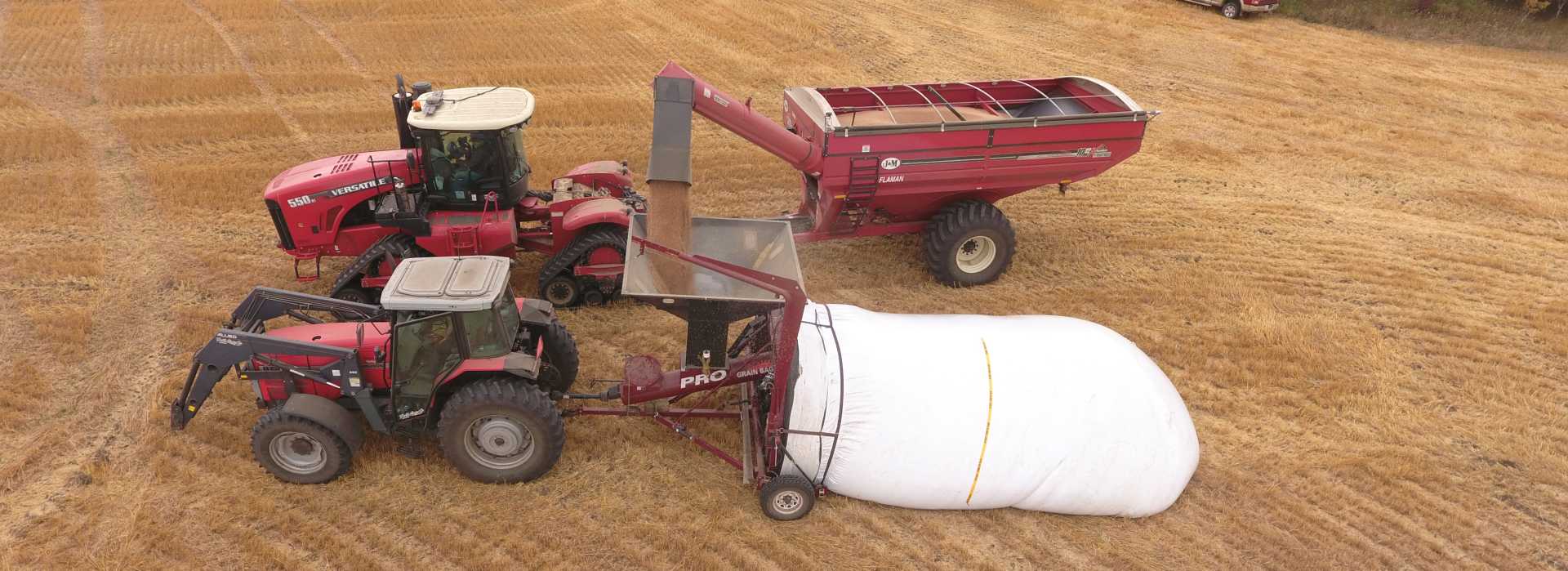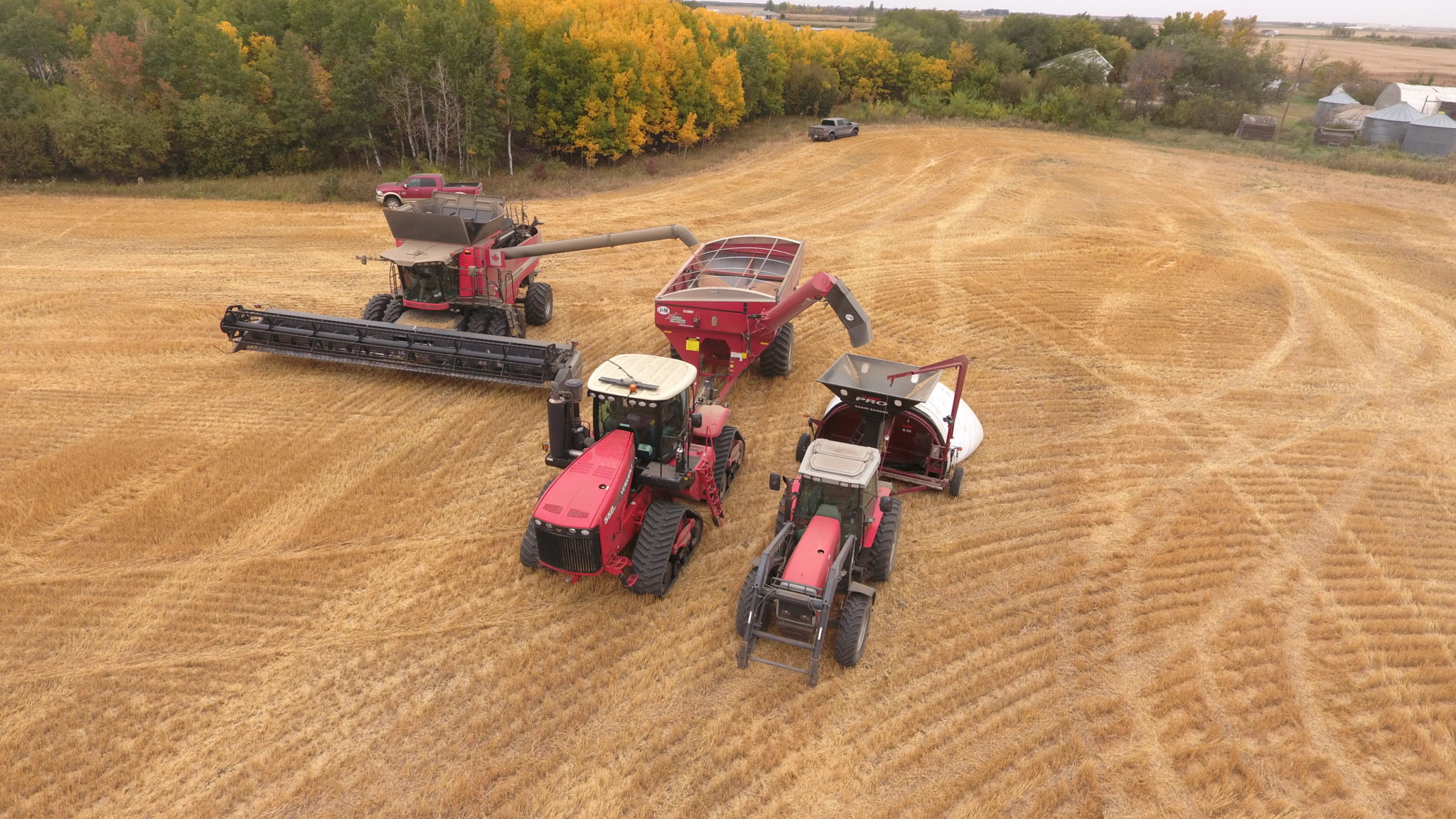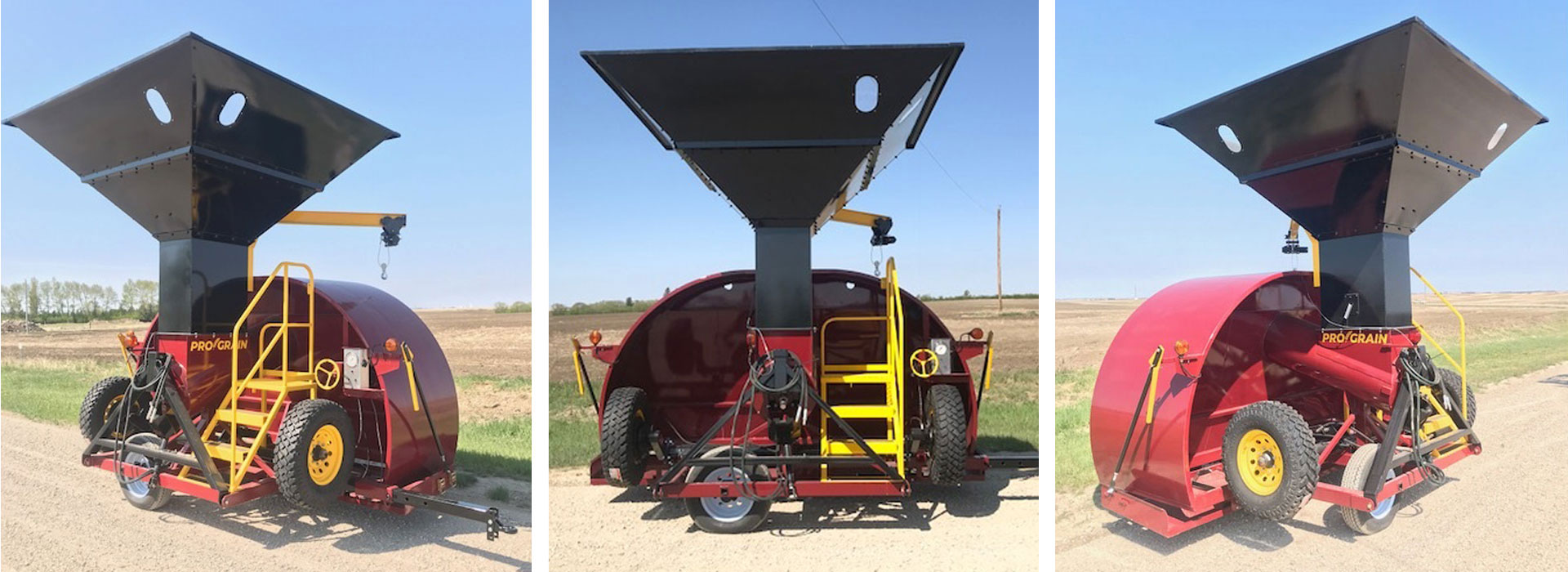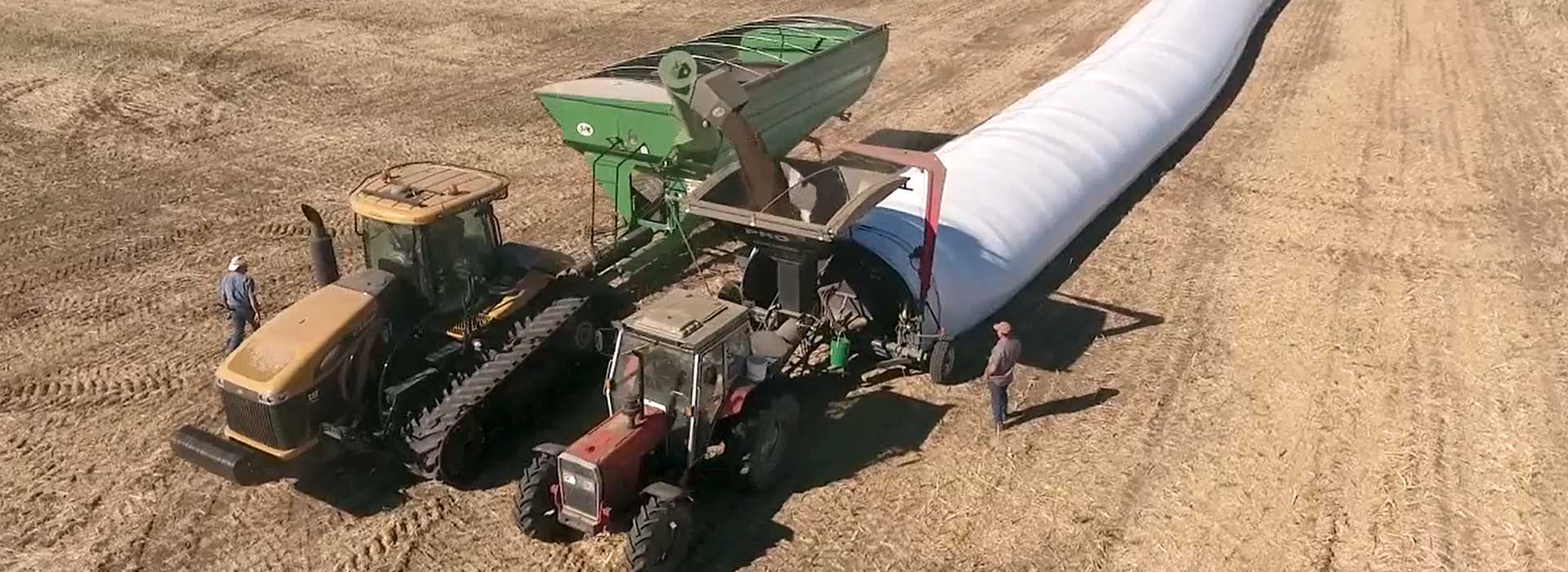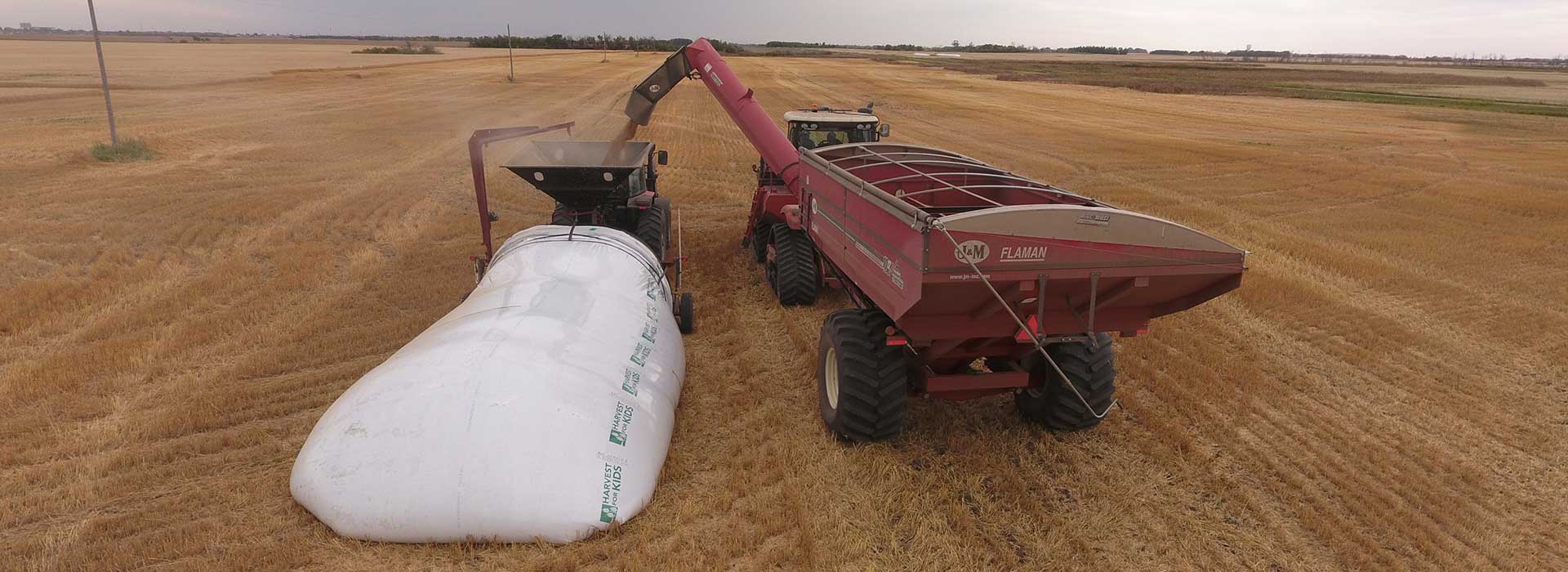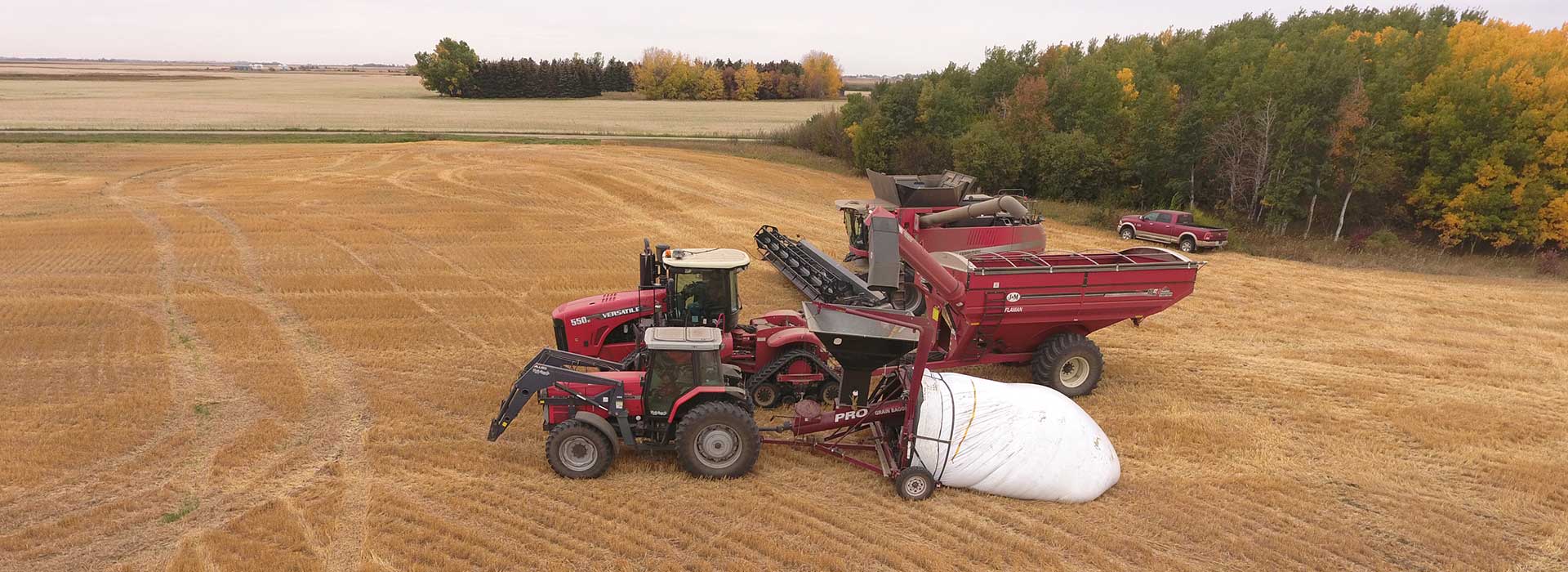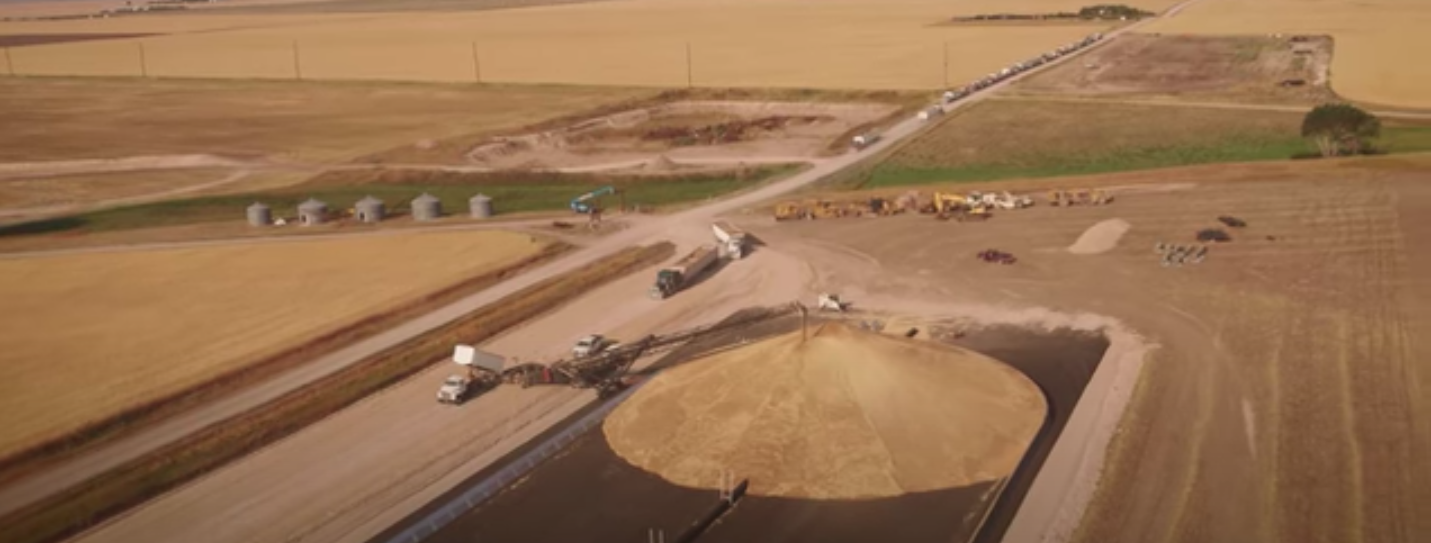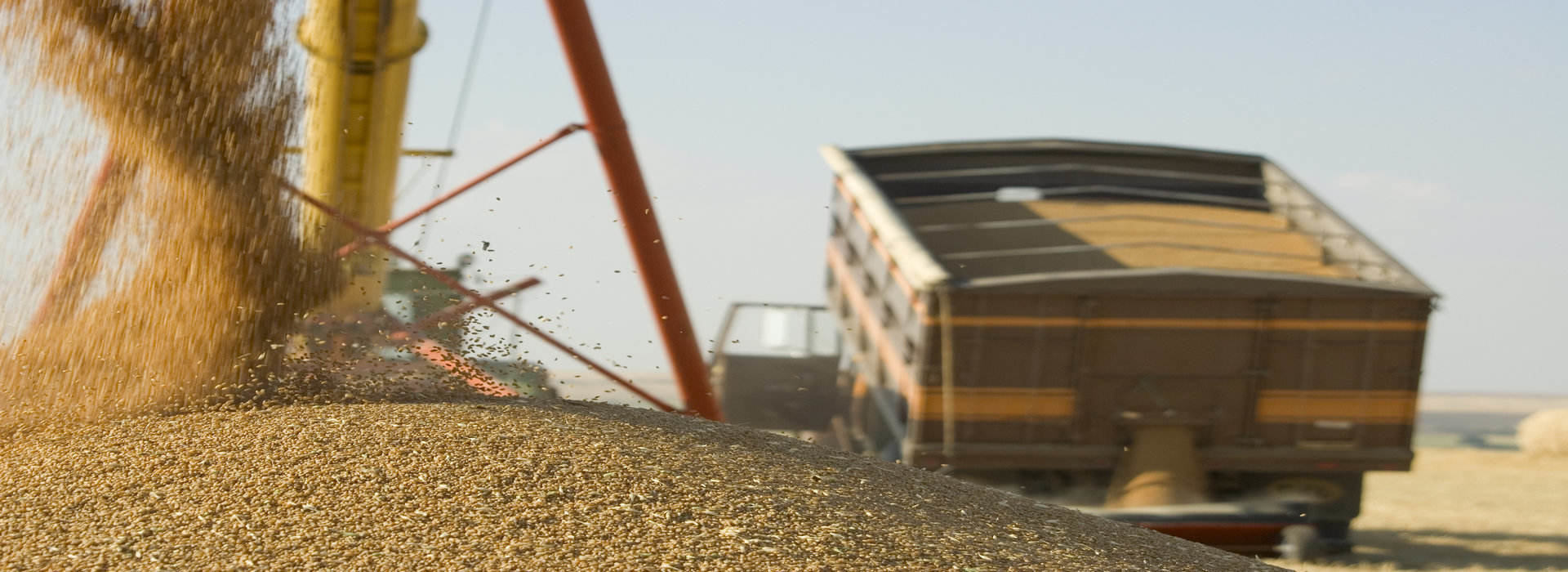
Demystifying Grain Bagging Systems
Article published on: Aug 17 2023
Grain bagging systems have revolutionized post-harvest grain storage across the globe. As a seamless and efficient system, they have reshaped traditional storage methods, enabling farmers to maintain grain quality and optimize space. However, despite the remarkable benefits they present, grain bagging systems have faced a myriad of misconceptions and undue criticisms. Let’s explore these challenges and provide counter arguments that underscore the system's efficacy.
1. Grain Quality Degradation
One of the most prevailing misconceptions about grain bagging systems is the purported degradation of grain quality over time. Critics claim that grain bagged for extended periods deteriorates, leading to marketability losses.
Rebuttal
Multiple research studies have substantiated that grain bagging systems do not degrade the grain quality when used properly. For instance, the Canadian Grain Commission conducted an extensive study to evaluate the quality of grain stored in bags for up to 16 months. The result? The grain's quality was maintained at market standards, even over lengthy storage periods. Furthermore, grain bagging systems can be equipped with sophisticated monitoring technology, allowing farmers to track temperature, humidity, and gas composition within the bags in real-time. This monitoring enables early detection of potential issues, ensuring timely intervention to maintain the grain's quality.
2. Pest and Rodent Infestation
Critics often argue that grain bagging systems are prone to pest and rodent infestation, resulting in grain loss and contamination.
Rebuttal
The perceived vulnerability of grain bagging systems to pests and rodents is somewhat overstated. The key to averting such challenges lies in the proper placement and management of grain bags. An adequately monitored and managed grain bag is likely to deter most infestations.
Also, modern grain bagging systems can feature feature optional, durable, pest-resistant material, drastically reducing the chances of damage. Techniques such as double-bagging and the use of rodenticides around the storage site can also add another layer of protection against these risks.
3. High Cost
The perceived high cost of grain bagging systems is another concern raised. Critics contend that the purchase of bagging and unloading equipment, in addition to the costs of the bags themselves, can be financially draining.
Rebuttal
While there are initial costs associated with implementing a grain bagging system, it's essential to consider the overall investment in the context of long-term value and returns. Grain bagging systems offer substantial cost savings in the long run. The flexibility to store grain on-site reduces transport costs and decreases reliance on costly traditional storage structures. The ability to store grain for extended periods also enables farmers to wait for favorable market prices, increasing potential income.
4. Limited Lifespan of Bags
Skeptics express concerns about the limited lifespan of grain bags, arguing that the need for replacement or recycling can be a hassle and create environmental concerns.
Rebuttal
Indeed, grain bags are not designed to last indefinitely. However, with advancements in technology, manufacturers are increasingly offering biodegradable grain bags. These bags are environmentally friendly, decompose over time, and alleviate disposal concerns.
Additionally, grain bags, even when not biodegradable, can be recycled. Various recycling programs turn used grain bags into products like plastic lumber, making grain bagging systems a part of the circular economy.
5. Labor Intensity
The labor intensity of managing a grain bagging system is another point critics highlight. They argue that loading, unloading, and monitoring bags require substantial labor input, making the system less efficient than traditional storage.
Rebuttal
When compared to traditional storage methods, the grain bagging system proves to be less labor-intensive. Yes, there is manual work involved in loading and unloading the grain. However, consider the amount of labor required to transport grain to an off-site storage facility, maintain the facility, and eventually transport the grain again for sale. Modern grain bagging systems often come with automated features that streamline the bagging process, further reducing labor requirements. With technological advancements, such as remote monitoring systems, managing grain storage has become less hands-on and more efficient.
Conclusion
Grain bagging systems offer an innovative, cost-effective, and efficient solution to on-farm grain storage. While critics may highlight perceived flaws, a closer look shows that these challenges can be readily addressed with the correct practices and the advantages of grain bagging systems far outweigh the disadvantages.
Whether it's maintaining grain quality, preventing pest infestation, or reducing labor intensity, grain bagging systems prove to be a reliable, sustainable, and economically sound choice for farmers around the world. So, let's debunk the myths and embrace the revolution that grain bagging systems bring to the table in our quest for more efficient and effective agricultural practices.

